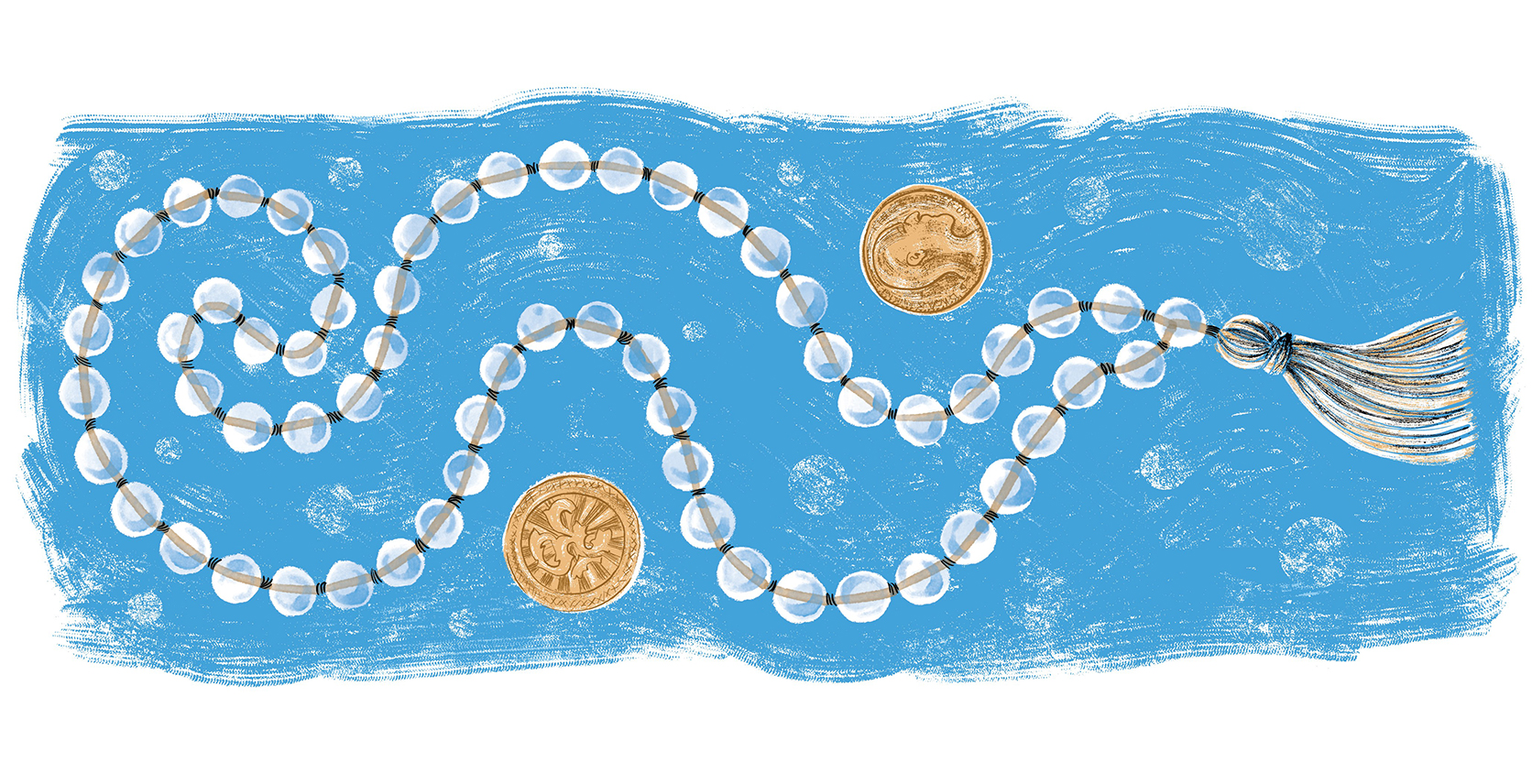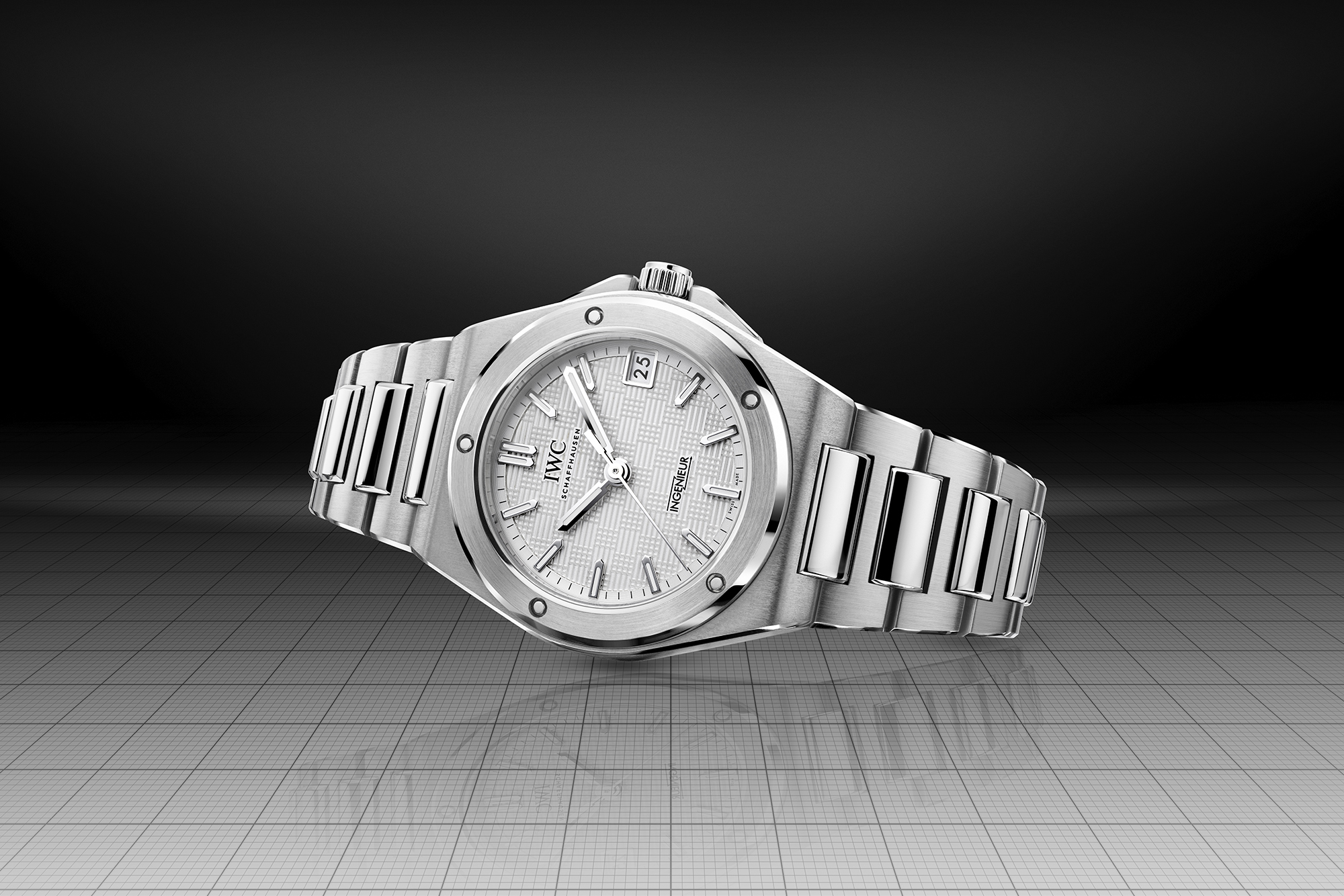My Strange Fascination with My Mom’s Prayer Beads
My father opened my mother’s closet and laid out all its contents on the bed: beautiful silk saris, a couple of woollen coats, sweaters, small pieces of jewellery, a few gold coins. This was just hours after we had cremated her on the banks of the Ganges, near Patna in eastern India.
My sisters were to divide the saris among themselves and close relatives. That is what my father proposed. He mentioned the names of our aunts and a cousin who was sitting in the next room. The idea was a good one, but our grief was too raw, and my sisters protested by bursting into tears.
The previous night, I had arrived from New York — a 15-hour direct flight to Delhi and then another, just over an hour long, to Patna. I watched in silence as my father turned his attention to the smaller items, the objects that, unlike the saris, didn’t carry the smell of the perfume my mother used.
The grandchildren were to share the gold coins. I took two for my kids, whom I had left behind in Poughkeepsie. There were a couple of silver coins on the bed. One of them had the words “Edward VII King & Emperor” embossed around the head of the bald, bearded sovereign. Had an old woman in my father’s village given this coin to my mother when she had arrived as a bride?
I accepted unquestioningly the fine-looking sari that my father chose for my wife. Did I want anything from the items of jewellery? I shook my head to say no, but then I picked up a necklace of prayer beads that I had seen my mother wearing. This crystal necklace didn’t look expensive and was light enough not to add to the burden of my sorrow. Take it, take it, my father said.
The name in Hindi for this necklace is “spathik mala” and Google tells me that in English these are called rhinestones. The Internet tells me that spathik “cools the human body and mind” and that “these crystals are also used for getting good luck and blessings from divine power.” I found all this out when I started writing this piece.
The truth is that in the four years since my mother’s death, this necklace has meant something else entirely. It is a reminder for me not of the divine but of the utterly human. On my way to my classes in the morning, I sometimes touch the necklace where it sits near my mother’s portrait. It is a way of remembering my mother. I’m not very different from my little son, who, only four or five at that time, would look at the shining crystals and ask me where I thought his grandmother was.
My mother was a devout Hindu. She was also superstitious. On the first day of my high school exams, she summoned a priest to our house to conduct a lengthy puja. I didn’t do too well in the test I took that day and always mocked my mother for her beliefs. I remember my taunts and her smiles when I touch the crystals.
Unlike my writing heroes V.S. Naipaul and Hanif Kureishi, I didn’t have a father who was a failed writer. That role belonged to my mother. She often said that I had fulfilled her ambition. A piece I wrote about her death, “Pyre,” was published in Granta magazine and later chosen by Jonathan Franzen for Best American Essays 2016.
I might not be superstitious about these cheap crystals, but I am enough of my mother’s son to believe that my success with “Pyre” was her way of blessing me from the great beyond.










